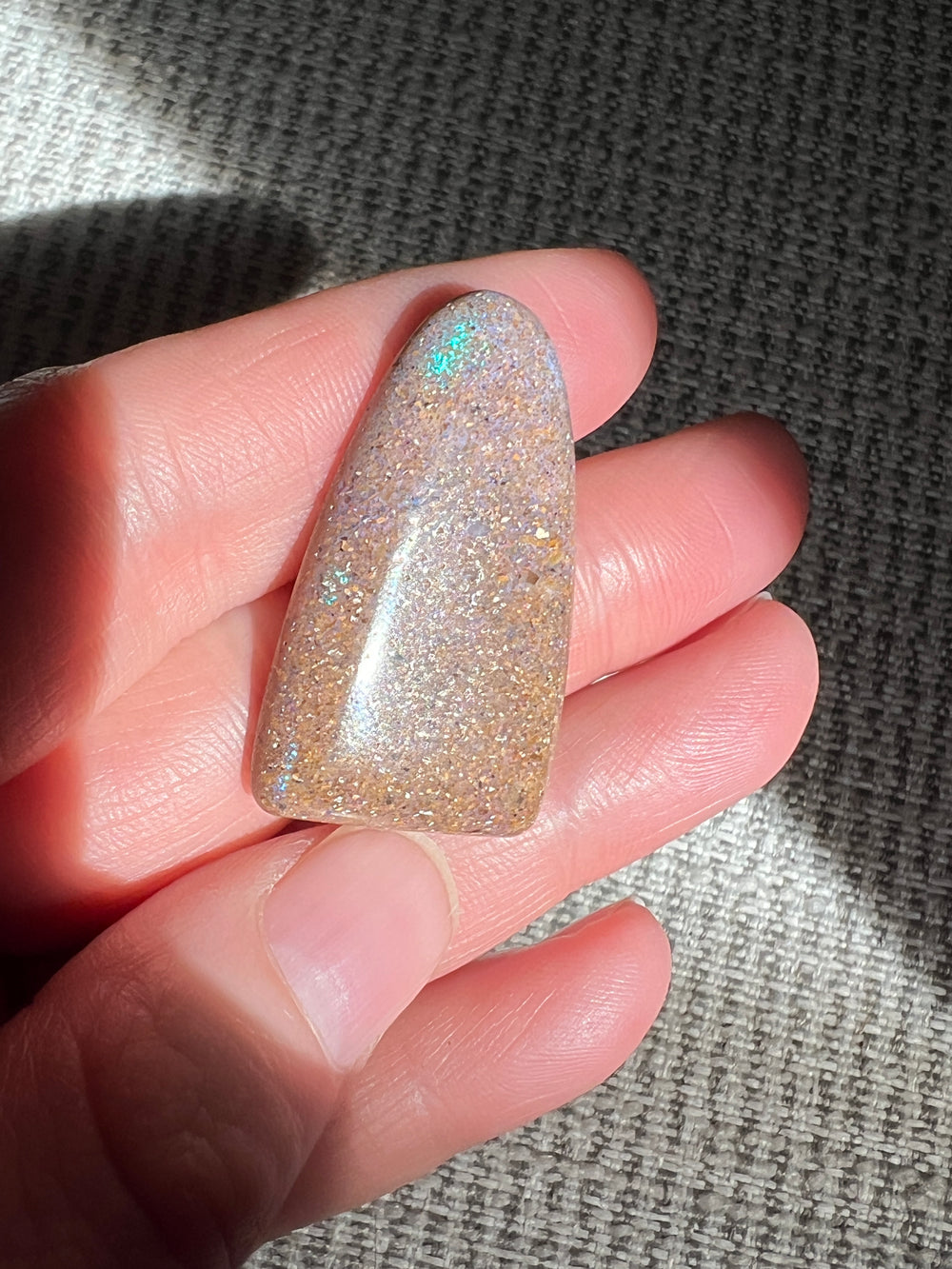History, Location & Origin | Opal
Opal, renowned for its dazzling play-of-color, is a gemstone that has fascinated humanity throughout history. This unique mineraloid is formed from a solution of silica and water and is cherished for its remarkable ability to diffract light, displaying a spectrum of colors.
Ancient and Historical Significance:
- Historical Use: Opals have been treasured since ancient times. The Romans greatly admired opal for its beauty, and it was considered a symbol of purity and hope. Pliny the Elder, a Roman author, described it as a precious stone containing the fiery flame of the carbunculus (garnet), the resplendent purple of the amethyst, and the sea-green of the emerald.
- Cultural Importance: In the Middle Ages, opal was thought to bring great luck because it possessed the virtues of all gemstones due to its color spectrum. However, in the 19th century, it became associated with bad luck, largely due to the novel "Anne of Geierstein" by Sir Walter Scott.
Geographical Locations and Formation:
- Primary Sources: Historically, Hungary was a prolific source of opal. Today, Australia leads in opal production, providing over 90% of the world’s precious opals. Other significant sources include Mexico, Brazil, Ethiopia, and the United States.
- Formation: Opal forms from silica-rich waters in low-temperature environments. It precipitates in the cracks and cavities of rocks, such as limonite, sandstone, rhyolite, marl, and basalt.
Modern Context:
- Varieties: There are several types of opal, such as black opal, white opal, fire opal, and boulder opal, each with distinctive color patterns and qualities.
- Gemstone Market: Opal is highly prized in the gemstone market for its unique play-of-color. Its value depends on the color intensity, pattern, and transparency.
- National Gemstone of Australia: Given its abundance and significance in Australia, opal is Australia's national gemstone.
Artistic and Jewelry Use:
- Jewelry: Opals are used in a wide range of jewelry, often set in ways that highlight their color play. They need to be handled and stored carefully, as they can be quite delicate and prone to cracking.
- Symbolic Use: Opals are often used in jewelry that symbolizes hope, purity, and transformation. They are also the birthstone for October.
In summary, opal's historical significance is enriched by its unique beauty and the myths and lore surrounding it. Its ability to display a play-of-color has made it one of the most sought-after gemstones in history, a status it retains to this day.









